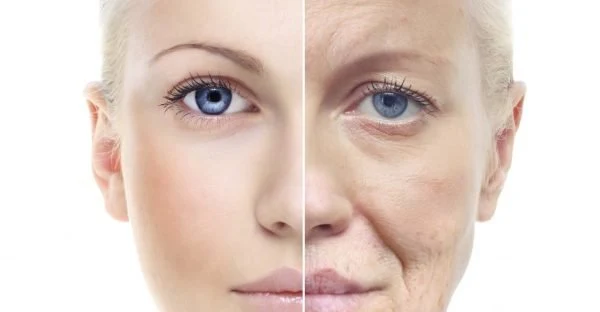As we age, we experience a decline in physical and mental fitness, which can be aggravated by diseases such as Alzheimer's disease. And we can not say enough about the various health benefits of staying physically active. And this recent study reminds us once again of the importance of physical activity for our health!
A new study, published in the journal Frontiers in Human Neuroscience, shows that older people who exercise regularly can reverse the signs of aging in the brain, and dancing is the most effective form of exercise.
Why does dancing is the most effective exercise for the brain?
According to Dr. Kathrin Rehfeld, lead author of the study, based at the German Center for Neurodegenerative Diseases Magdeburg, physical exercise has a beneficial effect; it can slow down or even combat the decline in age-related mental and physical ability.
The study showed that two different types of exercise, namely dancing and endurance training, both increase the area of the brain that decreases with age. After comparison, it was only dance that led to significant behavioral changes in terms of improved balance. This difference is attributed to the added challenge of learning the dance routines.
The researchers invited 62 healthy volunteers aged 63 to 80 to join the study and finally chose 52 who met their admission criteria. They were then randomly assigned to an experimental dance group and another sport activity group.
The content of the dance classes included a situation of continuous learning with constantly evolving choreographies, which the participants had to memorize with precision.
The sports group program included endurance training, strength training and flexibility training.
Sport or dance?
Both groups showed an increase in the region of the hippocampus of the brain, the area of the brain specifically prone to age-related decline. She also plays a key role in memory and learning, as well as maintaining balance. But only participants in the dance group showed volume increases in more sub-areas of the left hippocampus and only the dance led to an increase in one sub-area of the right hippocampus, namely the subiculum.
While scientists know that physical exercise can combat age-related brain decline, this study shows that dance, especially ever-changing dance routines and dance choreographies, are more effective than exercise. repetitive like cycling or walking.
Dr. Rehfeld explains that they have tried to provide these dance group elders with ever-changing dance routines of different genres (Jazz, Square, Latin-American and Line Dance). Footsteps, arm movements, formations, speed and rhythms have been changed every two weeks to keep them in a constant learning process. The most difficult aspect for them was to remember routines under the pressure of time and without any indication from the instructor.
Dr. Rehfeld and his colleagues are building on this research to develop new fitness programs that may have the best anti-aging effects on the brain.
What about those who have two left feet and no sense of rhythm?
Instead of focusing on how awkward you might be, just let yourself go to the sound of music. Music alone has many therapeutic benefits. Just listen to music to cheer you up and if you manage to move your body a little, it's even better.
Everyone would like to live and keep fit as long as possible. Dr. Rehfeld explains that physical activity is one of the factors that can help achieve this goal, by neutralizing several risk factors and slowing down age-related decline. Dance is a powerful tool for defining new challenges for the body and mind, especially among the elderly.


